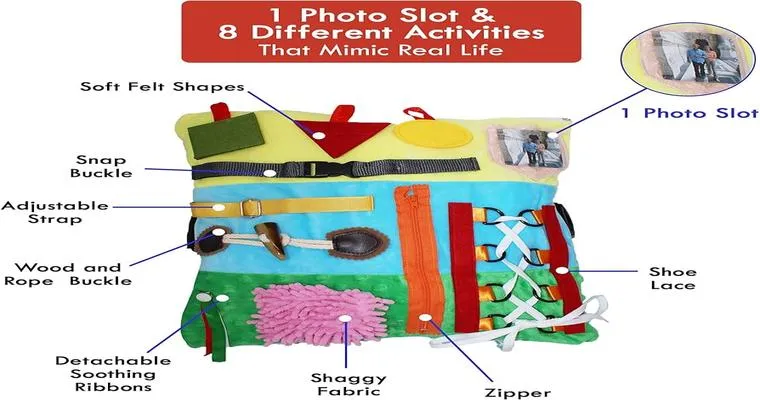Fidgeting is a common behavior observed in individuals with "dementia", and it can often be a source of frustration for caregivers and loved ones. Understanding how to effectively manage and calm this "restlessness" is crucial for enhancing the quality of life for those affected. This article will explore practical strategies and techniques to help soothe fidgeting behaviors associated with dementia.
Understanding Fidgeting in Dementia
Fidgeting can manifest in various forms, such as tapping fingers, shifting in a seat, or repetitive movements. This behavior may be a response to "anxiety", "boredom", or even discomfort. Acknowledging the underlying reasons behind fidgeting is essential for caregivers to provide appropriate support.
Create a Calm Environment
One of the first steps in managing fidgeting is to create a "calm environment". This includes reducing noise and distractions, ensuring comfortable seating, and providing a familiar setting. Soft lighting and soothing colors can also contribute to a more peaceful atmosphere.
Engage in Meaningful Activities
Offering engaging and meaningful activities can significantly reduce fidgeting. Activities such as "puzzles", "art projects", or "simple crafts" can help keep the mind occupied. This not only diverts attention from fidgeting but also promotes a sense of accomplishment and satisfaction.
Encourage Gentle Physical Activity
Gentle physical activity can help channel restless energy in a positive way. Simple exercises such as "walking", "stretching", or even dancing can provide an outlet for fidgeting. Encouraging movement not only aids in reducing anxiety but also promotes overall well-being.
Use Fidget Tools and Sensory Objects
Fidget tools and sensory objects can be effective in calming restless hands. Items such as "stress balls", "fidget spinners", or textured fabrics can provide a tactile distraction. These tools allow individuals with dementia to focus their energy on something constructive, helping to minimize excessive movement.
Establish a Routine
Establishing a consistent daily routine can provide structure and predictability, which may help reduce anxiety and fidgeting. Regular activities, meal times, and relaxation periods can create a sense of security for individuals with dementia. Familiarity can often ease feelings of restlessness.
Promote Relaxation Techniques
Incorporating relaxation techniques into daily life can also be beneficial. Simple practices such as "deep breathing exercises", "guided imagery", or "meditation" can help calm the mind and body. Teaching these techniques can empower individuals to manage their fidgeting independently.
Provide Comfort and Reassurance
Sometimes, fidgeting can stem from feelings of unease or confusion. Offering comfort and reassurance can help alleviate these feelings. A gentle touch, soft words, or simply sitting beside the individual can provide the emotional support they need to feel more grounded and secure.
Conclusion
Calming the fidgeting that accompanies dementia requires a multifaceted approach. By understanding the reasons behind the behavior and implementing strategies such as creating a calm environment, engaging in meaningful activities, and promoting relaxation, caregivers can significantly improve the well-being of individuals with dementia. Remember, patience and understanding are key in this journey, as every individual responds differently to various techniques.





